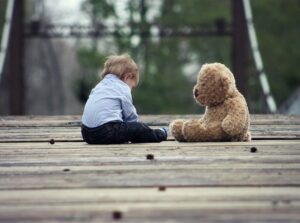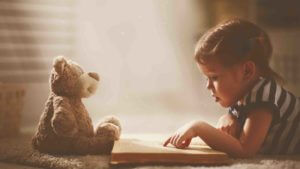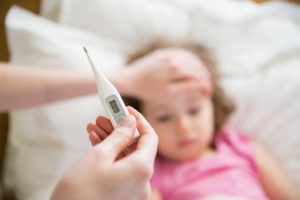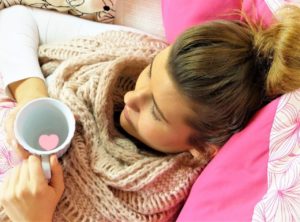Is your child constantly scratching his or her head? Lice alarm is more common in schools and kindergartens. But how do you get infected with lice? In this article, you’ll find everything you need to know about infection, transmission and other information about the crawlies.
Table of contents
Infection: How Do You Catch Lice?
Anyone who thinks that lice have something to do with a lack of hygiene is on the wrong track. The small parasites (Pediculus humanus capitis), as the name head louse suggests, prefer to colonize the human head.
Transmission of lice takes place from person to person or rather from head to head. The wingless animals cling to the hair of the human and crawl to a new head when the opportunity arises. They mostly cling to the hairline with their small claw-like leg appendages.
Infection with lice occurs mainly in groups. For this reason, children in daycare are often affected by the crawlers. Lice at school are also not uncommon. When playing and romping, children often have direct contact, which is necessary for the transmission of lice.
If your child is affected, it is imperative that they stay home to prevent the spread of the crawlers. Report the infestation to the kindergarten or school. Only when the treatment of the lice is complete and there is no longer a risk of infection for other children, can your child return to the facility.
Lice Myths About The Infection
There are many myths about lice. Find out here what misconceptions there are about transmission and how you really get infected with lice.
1. Myth: Lice Infection Has Something To Do With Poor Hygiene
Lice occur everywhere and cannot be prevented or even removed by ordinary hygiene measures such as showering or washing hair with conventional shampoos. Therefore, a lack of hygiene does not promote a lice infestation of your child.
2. Myth: Lice Can Jump And Transfer Over Somewhat Longer Distances
Lice can neither jump nor fly, they crawl. Only close hair-to-hair contact makes infection possible.
3. Myth: Head Lice Transmit Diseases
In Europe, lice do not usually transmit pathogens. However, frequent scratching can possibly cause eczema to form on the scalp.
Treat Lice Correctly
Lice are undoubtedly a nuisance – but that’s not the only reason why you should start treating them as soon as you notice an infestation. The crawlers feed on the blood from the scalp.
With their mouthparts, they transmit a secretion that causes the unpleasant itching. If you do not treat the head lice, they can spread unhindered and a transmission to other people is possible.
You can treat the infested head with special products. Lice remedies such as shampoos help to get rid of the bloodsuckers. Since about seven to eight days can pass between the laying of eggs and the hatching of new larvae, you should repeat the application of the lice remedy after seven to ten days.
In addition to the treatment with a lice remedy, the use of a lice comb is recommended to free the hair from head lice and their eggs (nits). To do this, comb through your child’s wet hair from the roots, strand by strand. A conditioner can make combing easier and more comfortable for children. Daily hair washing is not enough to eliminate remaining lice and nits.
Preventing Infection With Lice
Lice infestation cannot be prevented, but there are some things you can do. Even though the transmission of lice via objects is rather rare, your children should not share caps or hair ties with other children. In the event of a lice alarm at kindergarten or school, wash bedding, towels and clothing at 60 degrees Celsius if possible and also clean hairbrushes with hot water.
Conclusion
Head lice are unpleasant, but no reason to worry. They can be brought under control with special lice remedies. Children in community settings such as kindergartens and schools are increasingly affected by lice infestation. Infection with lice is only possible through direct hair-to-hair contact, since lice can neither jump nor fly.
Sources
https://www.rki.de/DE/Content/Infekt/EpidBull/Merkblaetter/Ratgeber_Kopflausbefall.html
https://www.kindergesundheit-info.de/themen/krankes-kind/kopflaeuse/uebertragung/










